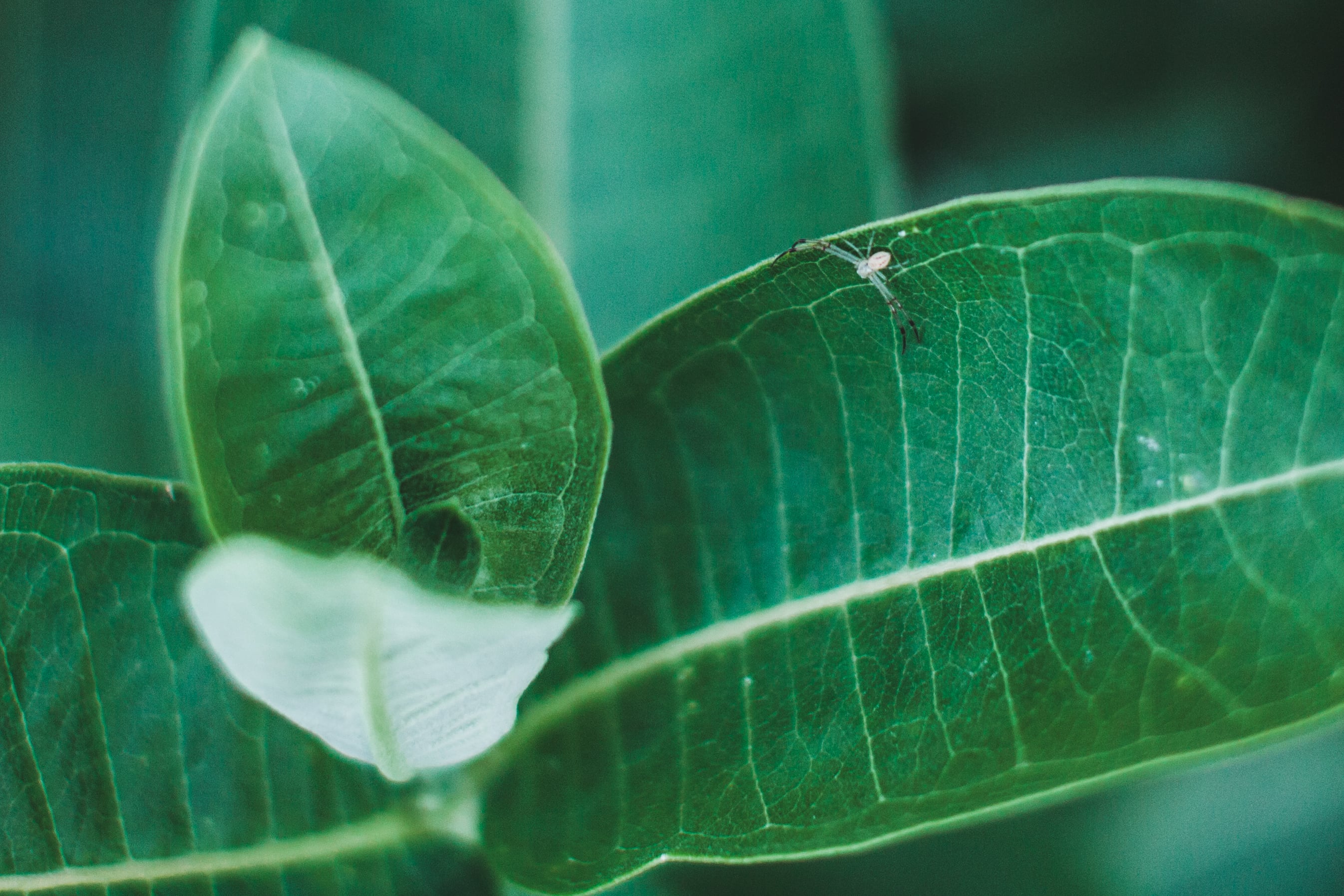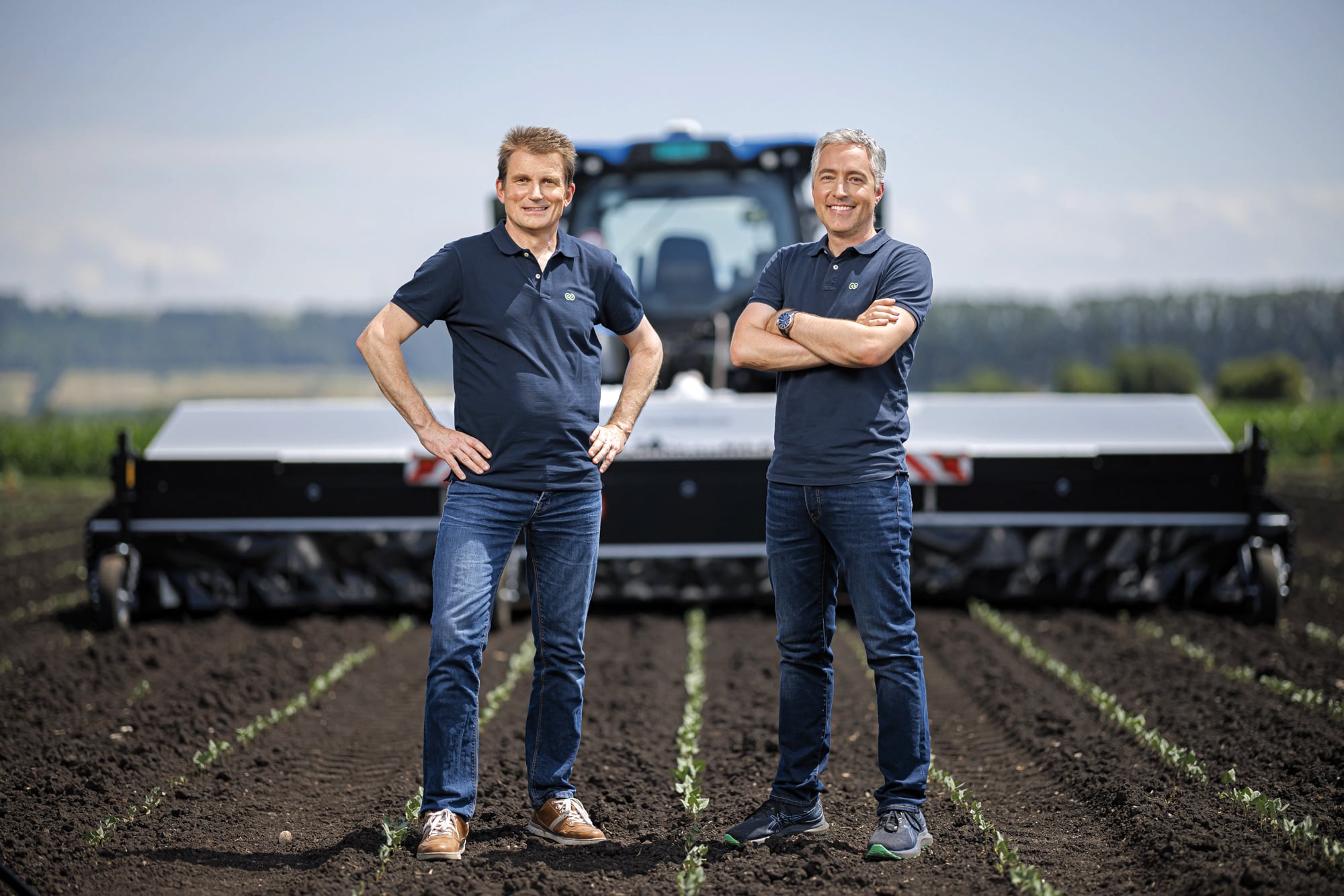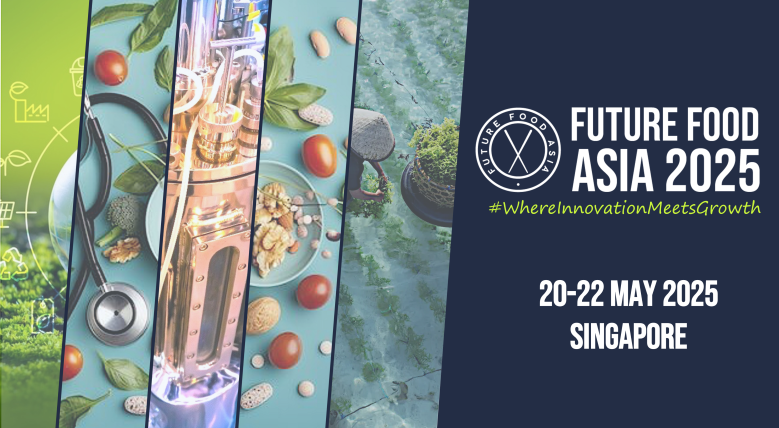The performance of this method was tested on two publicly available datasets containing images of sugarcane leaf disease and potato leaf disease.
RCA-Net displayed and accuracy of 93.81% on the first dataset and 78.14% on the second dataset, outperforming state-of-the-art (SOTA) models.
“Compared with SOTA models, the proposed model indicated clear superiority in terms of accuracy, precision, recall, and F1 score. RCA-Net effectively handles the inter-class similarities and intra-class differences caused by diverse backgrounds and other noise factors, such as uneven illumination, and discriminates correctly between various disease and healthy classes in both datasets.”
However, the researchers did not some limitations of RCA-Net when differences between disease classes were small, the backgrounds were severely complex, or the lighting was uneven.
“In future work, we will investigate methods for amplifying inter-class differences based on important features. We will also research methods for reducing the effect of complex backgrounds by focusing on the region of interest based on a heatmap. We will consider additional image preprocessing to normalie the uneven illumination.
Furthermore, RCA-Net was validated for use on the embedded systems of farming robots and mobile devices.
The researchers concluded: “By integrating RCA-Net within intelligent IoT-based agricultural systems, it became possible to achieve real-time disease detection and contribute to sustainable and precision farming practices. These results highlight the broader potential of AI in transforming conventional agriculture toward smart and efficient crop management solutions.”
Current limitations of existing methods
The paper highlighted the importance of identifying plant diseases to quickly and correctly treat it and prevent yield loss.
This job was previously done manually, making it labour-intensive and subject to human error.
With the evolution of technology, machine learning (ML) and deep learning (DL) methods have been applied to this task.
However, these methods have struggled with real-world imagery, which can be more complex.
Images often contain elements such as soil, other leaves and brands, or bushes in the background, which would lead to performance degradation.
These methods can also incur high computational costs, a major limitation for many farmers, who often need to perform these tasks on devices with low computing power, such as a smartphone or an agriculture drone.
To address these limitations, the study proposed the use of RCA-Net.
It claimed that this method can more effectively identify plant diseases and can be used on devices with limited processing capacity.
RAC-Net incorporates “attention mechanisms”, which help it to focus on the important parts of the images, such disease affected leaves and not be influenced by the noisy background elements.
At the same time, it uses multiscale feature extraction strategies, which enhance its ability to capture details.
It also uses residual connections, to retain the important information as it processes the image.
Moving forward, the researchers aim to study RAC-Net’s use on other plant diseases.
“Additionally, we will apply our model to other plant and fruit disease classification tasks to verify the generality of the proposed method.”
Source: Fractal and Fractional
Estimation of Fractal Dimensions and Classification of Plant Disease with Complex Backgrounds
Authors: Muhammad Hamza Tariq , Haseeb Sultan, Rehan Akram , Seung Gu Kim , Jung Soo Kim, Muhammad Usman, Hafiz Ali Hamza Gondal, Juwon Seo, Yong Ho Lee and Kang Ryoung Park
https://doi.org/10.3390/fractalfract9050315





